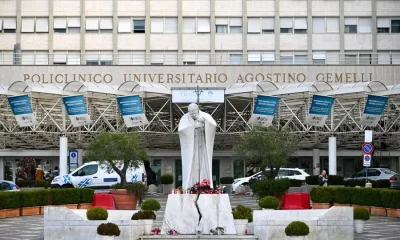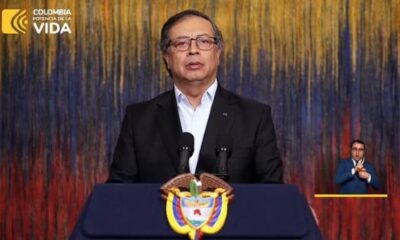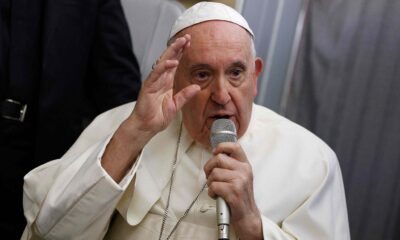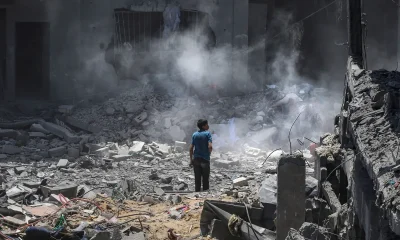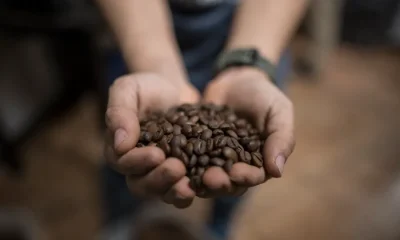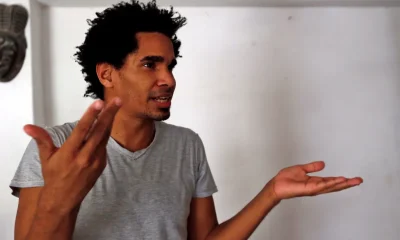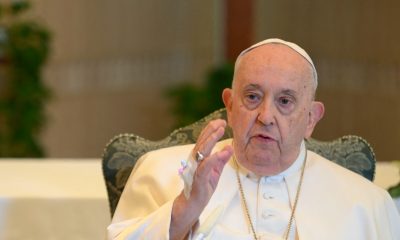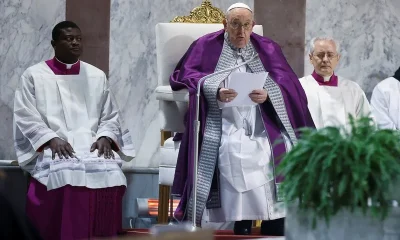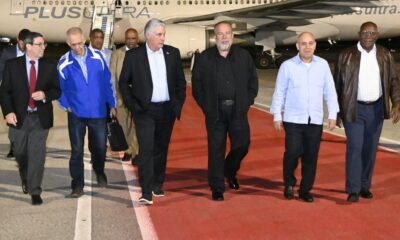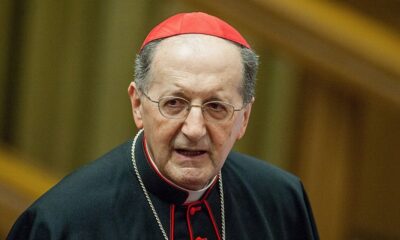International
President of Cuba meets with Pope Francis at the Vatican
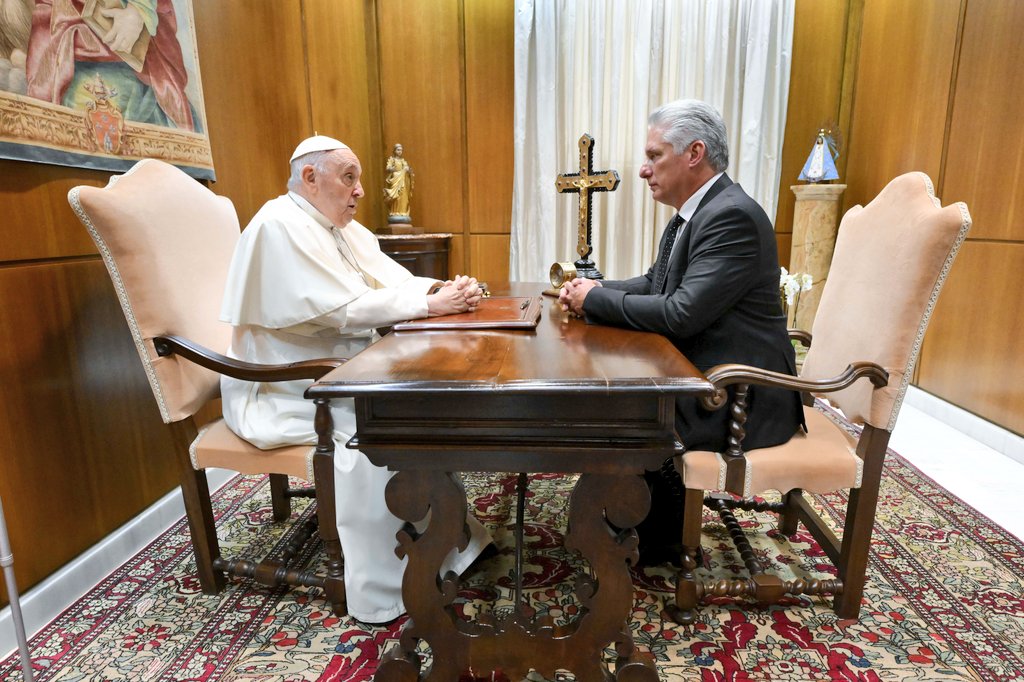
June 20 |
Pope Francis received this Tuesday at the Holy See the president of Cuba, Miguel Díaz-Canel Bermúdez, who is on a tour of several European countries, where they discussed issues on the bilateral and international agenda.
According to a Vatican communiqué, during the talks at the Secretariat of State “the importance of diplomatic relations between the Holy See and Cuba was discussed, evoking the historic visit of St. John Paul II in 1998, of which it is the 25th anniversary”.
The note continues that during the meeting they discussed the situation in Cuba, the contribution offered by the Church, “especially in the field of charity”, as well as “some international issues of mutual interest and underlined the importance of maintaining the commitment to always promote the common good”.
According to the Vatican press service, the private audience held in the room adjacent to the Paul VI Hall lasted a little more than 30 minutes after Francis expressed to the Cuban leader “I am delighted to see you here, I am delighted that you have come”.
For his part, Díaz-Canel affirmed that he had a “frank” conversation with Pope Francis during their 40-minute meeting on Tuesday at the Vatican.
“It was a frank conversation. We confirmed broad coincidences on pressing issues of the international agenda for humanity,” Díaz-Canel wrote on Twitter, where the Cuban presidency disseminated images of the meeting.
The Cuban president added that it was “pleasant” to meet again with the pontiff – whom he had already met during Francis’ visit to the island in 2015 – to whom he conveyed “the deep affection and wishes for the full recovery of the Cuban people.”
Later, Diaz-Canel met with His Eminence Cardinal Pietro Parolin, Secretary of State, accompanied by Monsignor Daniel Pacho, Undersecretary for the Multilateral Sector of the Section for Relations with States and International Organizations.
The Cuban head of state arrived at 10:00 a.m. (local time) at the Vatican headquarters where he was received by the head of the Prefecture of the Papal Household, Monsignor Leonardo Sapienza.
Although this is the fourth meeting between Diaz-Canel and His Holiness, it is the first as president and he is the third Cuban leader to travel to the Vatican since the triumph of the Cuban Revolution in 1959.
In line with the presidential agenda, the Cuban leader will meet this same day with Italian President Sergio Mattarella and Prime Minister Giorgia Meloni as part of his official visit to Italy as part of his international tour of Europe.
International
Rubio rules out 2028 presidential bid if Vance runs
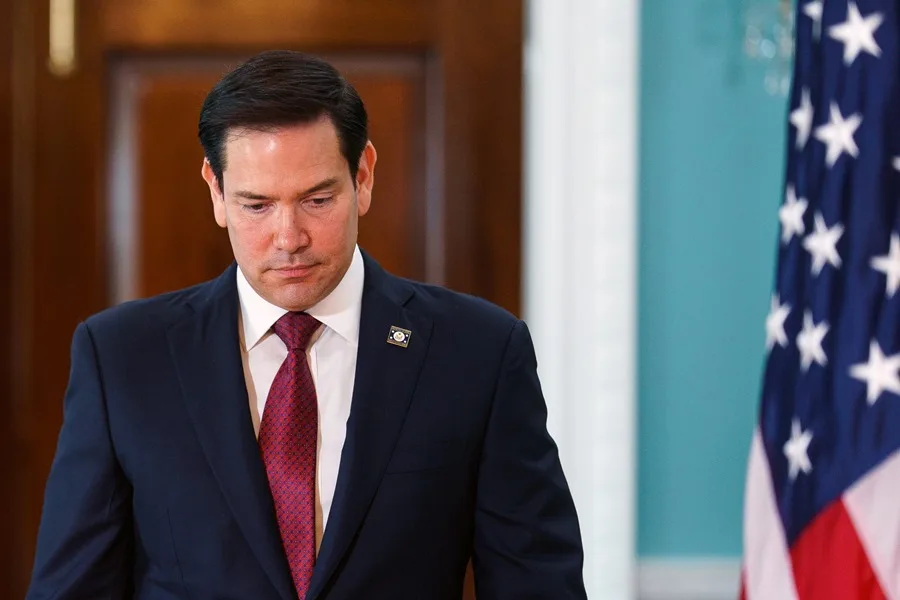
U.S. Secretary of State Marco Rubio said he would not seek the presidency in 2028 if current Vice President JD Vancedecides to run as the Republican nominee to succeed President Donald Trump.
“If JD Vance runs for president, he will be our candidate, and I will be one of the first people to support him,” Rubio said in an interview with Vanity Fair, in which he appeared alongside other senior members of the presidential cabinet.
Rubio, 54, and Vance, 41, are widely viewed as two of the leading Republican figures who could headline the party’s ticket in the 2028 election. Under the U.S. Constitution, Trump is barred from seeking another term after completing two presidential mandates.
In a lighthearted moment during the interview, Vance jokingly offered photographers $1,000 if they managed to make him look better than Rubio in the photos. Both leaders have received public backing from Trump, who last October floated the idea of a joint ticket featuring Rubio and Vance, without clarifying who would lead it.
“I think that if they ever teamed up, they would be unstoppable. I don’t think anyone would run against us,” Trump said at the time.
White House Chief of Staff Susie Wiles, who also took part in the interview, confirmed that Trump does not intend to violate the 22nd Amendment, which prohibits a third presidential term, though she acknowledged that the president is “having fun” with speculation about a possible return to office.
Rubio, the son of Cuban immigrants, served as a Republican senator from 2010 to 2025. He sought the party’s presidential nomination in 2016 but was defeated by Trump after a bruising primary contest. His name was floated as a potential vice presidential pick in 2024, but Vance ultimately secured the spot. After taking office, Trump appointed Rubio as secretary of state, making him the first Latino to hold the position.
International
Authorities search for armed and dangerous suspect in fatal Brown University attack
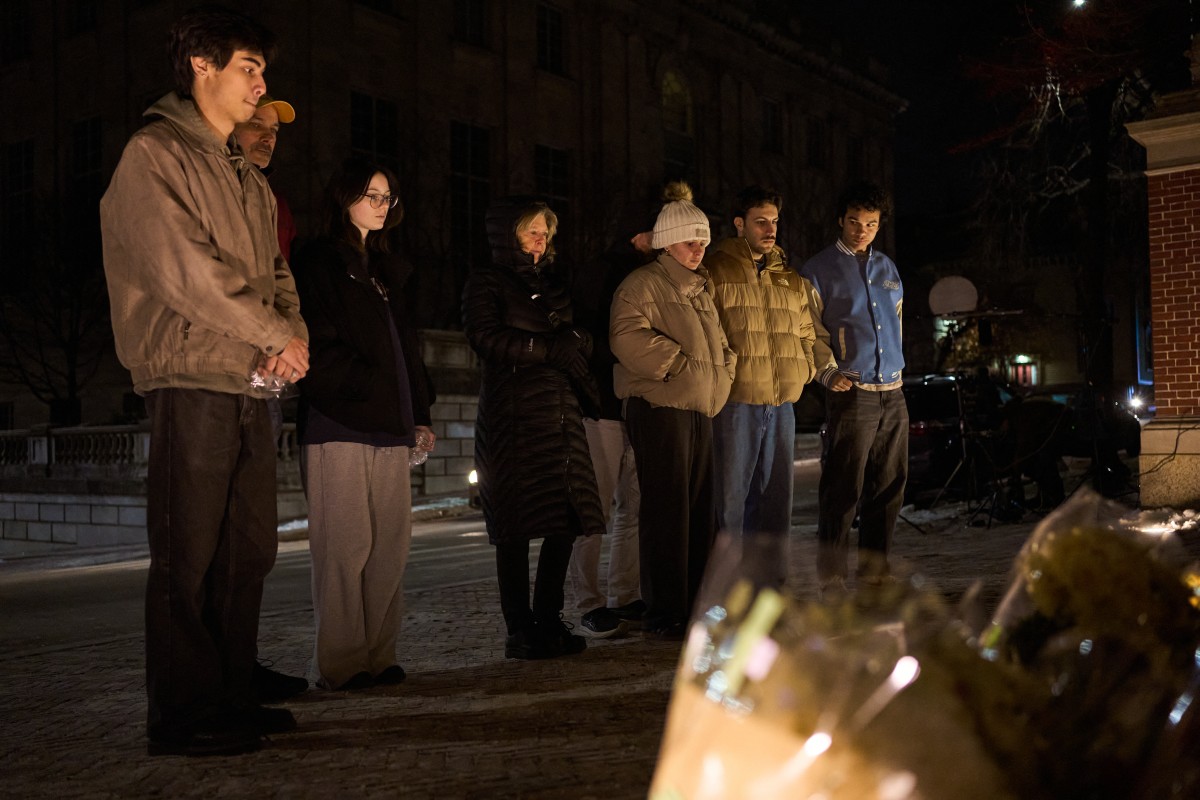
According to the statement, investigators are “seeking the public’s help to identify and speak with an individual” who was seen “near” the suspect at the time of the attack.
The Providence Police Department in Rhode Island released three photos of the person of interest, whose face has been blurred. In the images, the individual is wearing navy blue clothing, what appears to be a green hood, and carrying a light-colored backpack.
Earlier, authorities had released several photos and videos of a suspect described as “approximately 5 feet 8 inches tall, with a stocky build,” dressed in dark clothing, with their face covered by a surgical mask and wearing a beanie. The suspect’s identity remains unknown.
Authorities are offering a $50,000 reward for any information leading to the identification, arrest, and conviction of the person responsible for the killings, who is considered armed and dangerous.
The gunman opened fire on Saturday at Brown University’s engineering and physics building, where exams were being held, killing students Ella Cook and Mukhammad Aziz Umurzokov. The names of the nine people injured have not been released.
International
Police investigate deaths of Rob Reiner and wife as apparent homicide

The Los Angeles Police Department (LAPD) is investigating the deaths of Hollywood actor and filmmaker Rob Reinerand his wife as an “apparent homicide,” amid a wave of tributes to the director of classics such as When Harry Met Sally.
According to U.S. media reports on Sunday, Rob Reiner and Michele Singer Reiner were found dead at their Los Angeles mansion with what appeared to be stab wounds.
Several political figures shared messages of condolence following the reported deaths of the director of A Few Good Menand his wife.
While the LAPD did not officially confirm the identities of the victims, it stated that homicide detectives were dispatched to the Reiner residence.
“At this time, no additional details are available and the investigation into an apparent homicide is ongoing,” the Los Angeles Police Department said in a statement posted on social media.
LAPD Deputy Chief Alan Hamilton told reporters that no arrests have been made and that no individuals are currently being questioned as suspects.
“I’m not going to confirm whether anyone is being questioned at this moment or not. We are going to try to speak with as many family members as we can,” Hamilton said.
CNN reported that a family spokesperson confirmed the deaths of Reiner and his wife.
California Governor Gavin Newsom, former U.S. President Barack Obama, and former Vice President Kamala Harrisissued statements expressing their condolences.
-

 Central America3 days ago
Central America3 days agoPanama seizes over three tons of drugs hidden in Caribbean port container
-

 International3 days ago
International3 days agoPolice investigate deaths of Rob Reiner and wife as apparent homicide
-

 International4 days ago
International4 days agoSeveral people shot in attack on Brown University campus
-

 Central America3 days ago
Central America3 days agoOAS urges swift recount in Honduras as election results remain uncertain
-
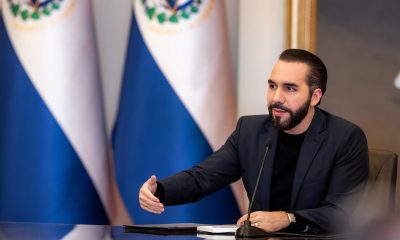
 Central America1 day ago
Central America1 day agoBukele says AI partnership with xAI will transform public education in El Salvador
-
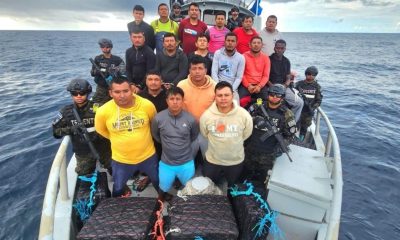
 Central America1 day ago
Central America1 day agoEl Salvador ranks among top countries in the Americas in fight against organized crime
-

 International4 days ago
International4 days agoU.S. and Mexico Reach Deal to Address Water Deficit Under 1944 Treaty
-
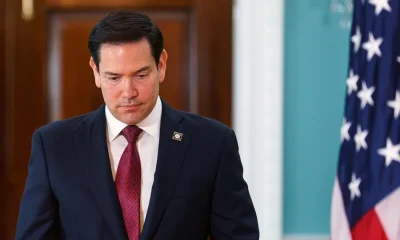
 International8 hours ago
International8 hours agoRubio rules out 2028 presidential bid if Vance runs
-

 Central America8 hours ago
Central America8 hours agoArrests and clashes in Tegucigalpa as vote count continues after Honduras election
-
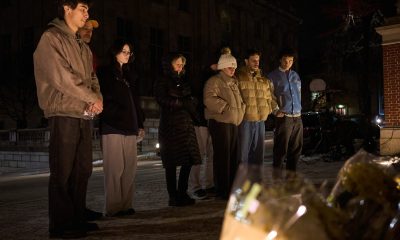
 International8 hours ago
International8 hours agoAuthorities search for armed and dangerous suspect in fatal Brown University attack

























